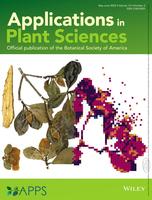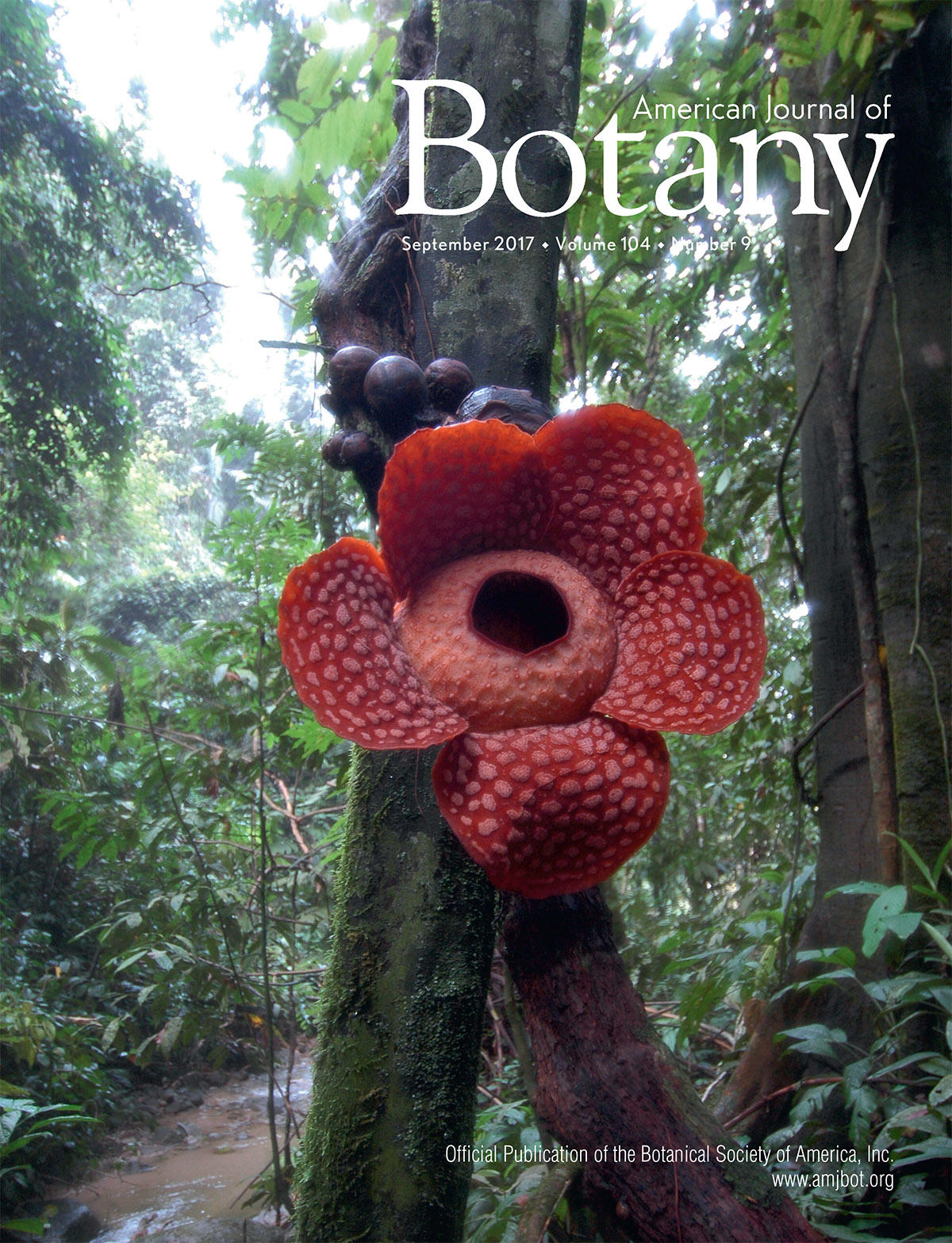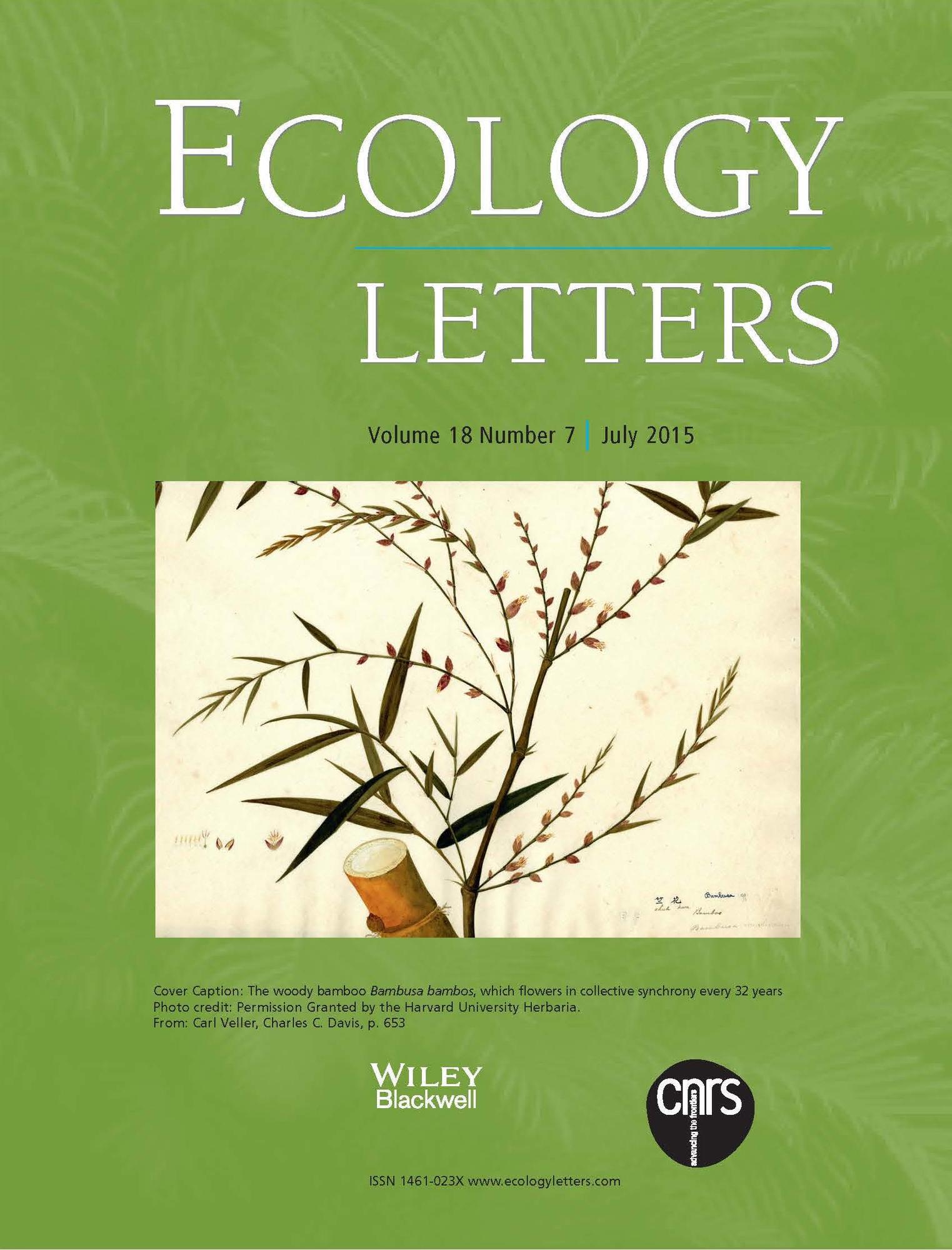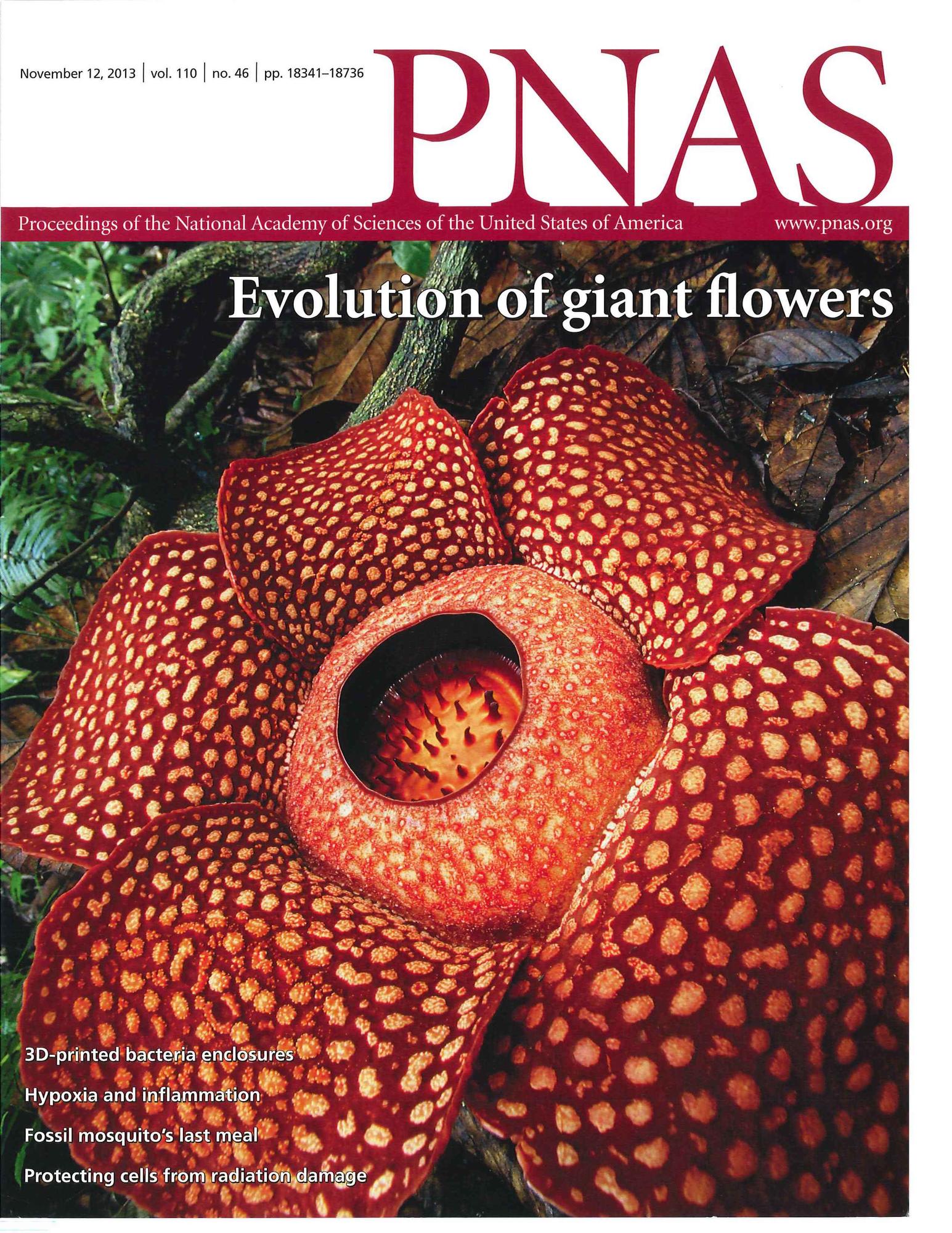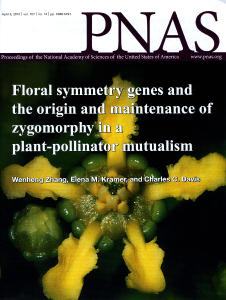Citation:
| 925 KB |
Abstract:
The Malpighiaceae are a family of approximately 1250 species of predominantly New World tropical flowering plants. Infrafamilial classification has long been based on fruit characters. Phylogenetic analyses of chloroplast DNA nucleotide sequences were analyzed to help resolve the phylogeny of Malpighiaceae. A total of 79 species, representing 58 of the 65 currently recognized genera, were studied. The 3' region of the gene ndhF was sequenced for 77 species and the noncoding intergenic spacer region trnL-F was sequenced for 65 species; both sequences were obtained for the outgroup, Humiria (Humiriaceae). Phylogenetic relationships inferred from these data sets are largely congruent with one another and with results from combined analyses. The family is divided into two major clades, recognized here as the subfamilies Byrsonimoideae (New World only) and Malpighioideae (New World and Old World). Niedenzu's tribes are all polyphyletic, suggesting extensive convergence on similar fruit types; only de Jussieu's tribe Gaudichaudieae and Anderson's tribes Acmanthereae and Galphimieae are monophyletic. Fleshy fruits evolved three times in the family and bristly fruits at least three times. Among the wing-fruited vines, which constitute more than half the diversity in the family, genera with dorsal-winged samaras are fairly well resolved, while the resolution of taxa with lateral-winged samaras is poor. The trees suggest a shift from radially symmetrical pollen arrangement to globally symmetrical pollen at the base of one of the clades within the Malpighioideae. The Old World taxa fall into at least six and as many as nine clades.
Notes:
Davis, C C, Anderson, WR Donoghue, M Jeng2001/10/01 00:00Am J Bot. 2001 Oct;88(10):1830-46.

